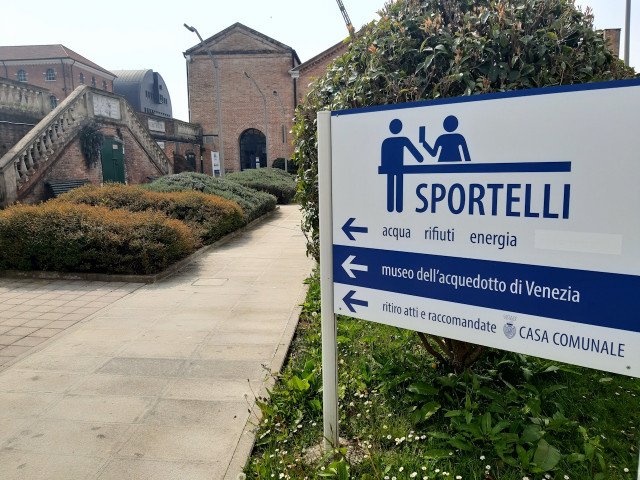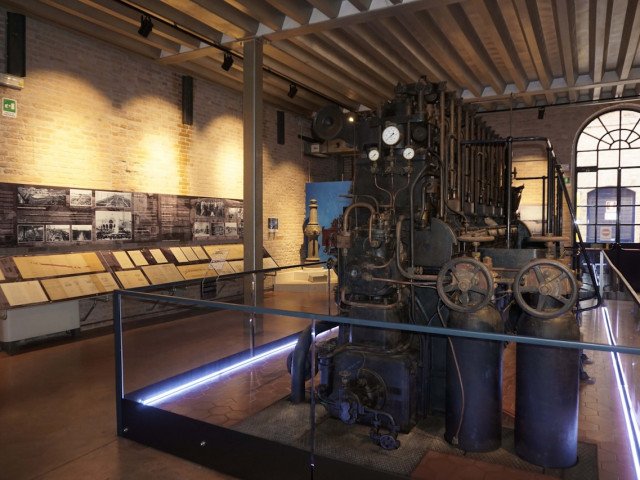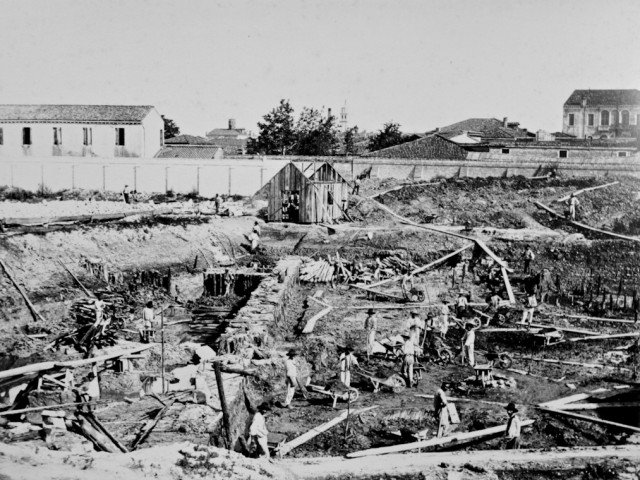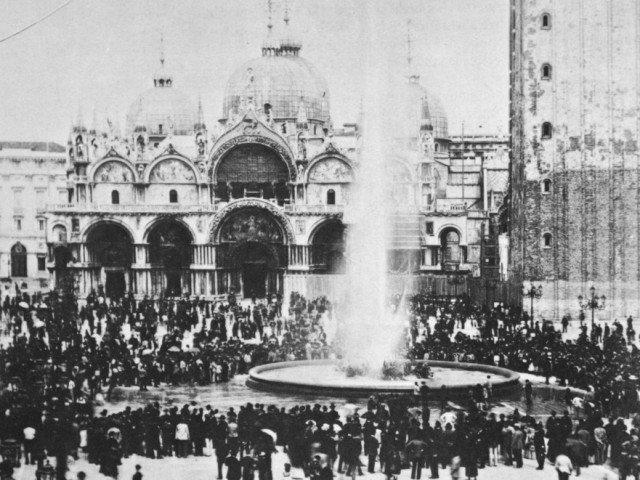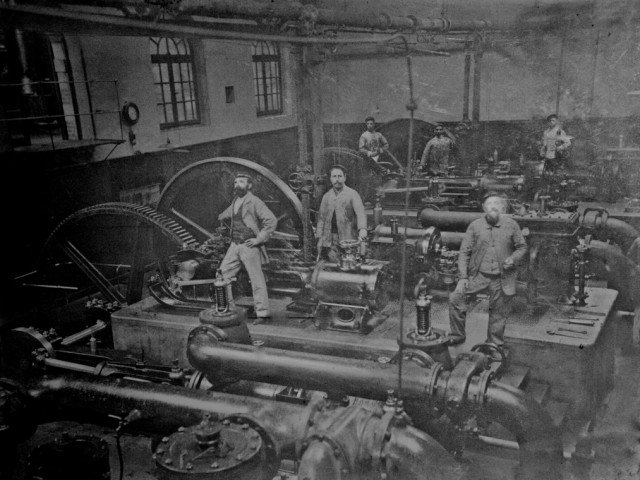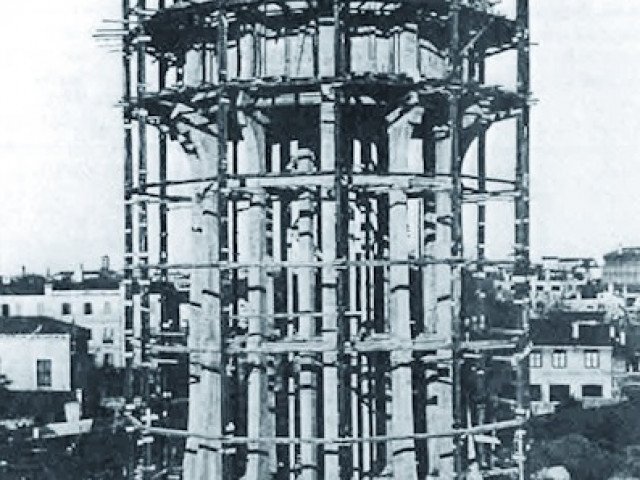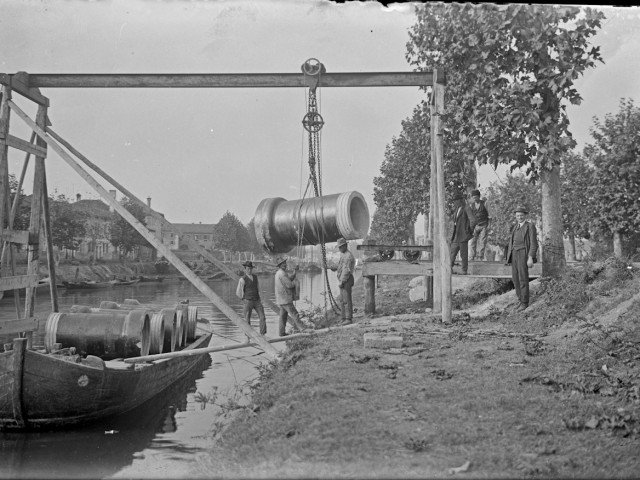Venice is a peculiar city: it floats on water but doesn’t have drinking water. So, citizens had to invent systems to gather and store drinking water, such as the well-heads that provided poor quality water for many centuries. In 1884, after many years of discussions, projects, and modifications, a public aqueduct was inaugurated, one which took water from an aquifer about 30 km from the city. The museum tells the story of Venice’s water supply through pictures, original contracts, old engines, blueprints, and drawings of the aqueduct network.
Inside what used to be a monastery, currently a central water supply with pumps and systems that carry water to Venice and its islands, the Museum of the Aqueduct Venice can be visited.
The museum provides the story of Venice water supply. There are pictures witnessing the aqueduct building process, land supply and purchase contracts, blueprints and drawings for the enlargement of the network, a collection of counters from every age, in addition to old engines that used to provide pressure to the network.
Venice is a peculiar city: it floats on water but doesn’t have drinking water. So, citizens had to invent new systems to gather and storedrinking water, such as the well-head, still visible in the city centre.
Under the well-head there was an insulated tank made with clay, which used to be filled on a regular basis with rainy water. Public well used to be protected in order to avoid people to steal water, although rich people had their own.
Nevertheless, the quality of water, that in Venice was very poor – which in the Middle Ages used to be one of the most powerful and populated cities of Europe – fell dramatically after plagues and epidemic.
Consequently, the authorities decided that the only source of water for wells had to be the Brenta river.
In 1874 the Municipality decided to build a public aqueduct, taking water from some pristine water wells in Trebaseleghe (Pd); the very same groundwater sources that still today provide water to Venice.
It was on June 23rd, 1884 when, for the first time, water from a fountain set up in Saint Mark’s square gushed out, coming from the public aqueduct.
At first, the aqueduct provided water to wells, public fountains, and few other private properties, although some years later also the islands of Murano, Giudecca and Lido were provided with this service. The 1920s marked a real change for the functioning of the aqueduct, which began to acquire the actual shape. As a matter of fact, nowadays it has a network that includes more than 5.000 km, serving almost a million between private citizens and companies.
Veritas water is of great quality, affordable, sustainable and zero kilometres. For years, Venice has been committed to safeguarding this resource through several initiatives, in order to improve not only water saving but also its correct management.
The mission of our Museum is to sensitize the visitors to the importance of a large work of sanitary engineering such as the aqueduct network, that provides the availability of the water and of the sanitation to all the citizens and tourists.
Temporary exhibitions
On the occasion of the anniversary of the extension of the aqueduct to new areas of the mainland (such as the Mestre aqueduct inaugurated in 1912), temporary photographic exhibitions and conferences have been developed in public spaces to remember the importance of having water and therefore to protect and preserve it.
By this actions, we intend to generate a greater awareness and sense of responsibility that can lead citizens to have attitudes and practices of water saving, to preserve the water for current needs and future generations.













